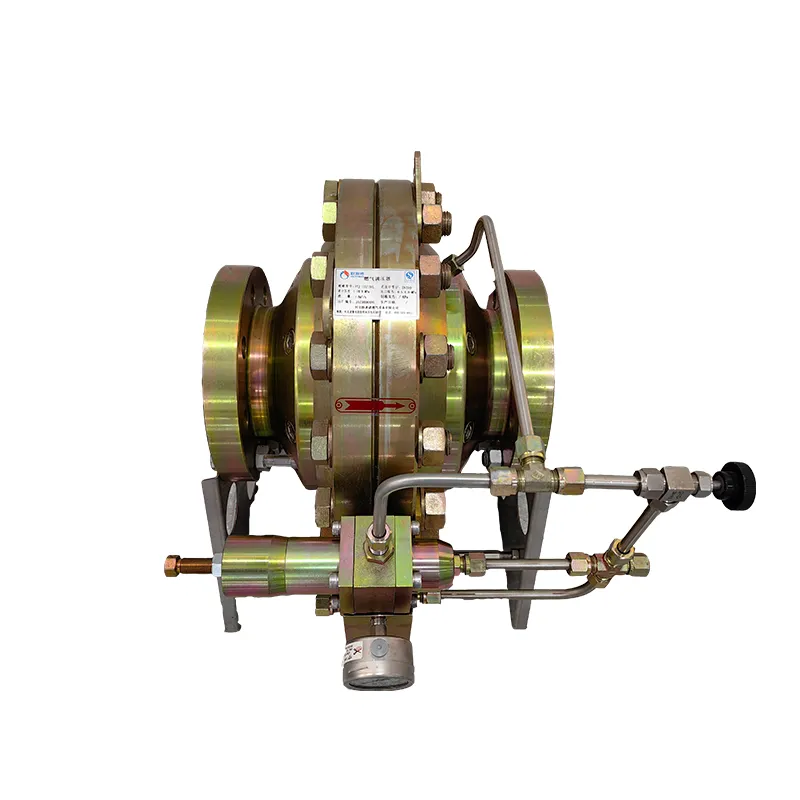
Dec . 06, 2024 13:19
Back to list
skid mounted equipment
Understanding Skid Mounted Equipment A Comprehensive Overview
Skid mounted equipment has become increasingly popular across various industries due to its versatility and efficiency. These modular units are designed to be transportable, allowing for easy mobility and rapid deployment in diverse environments. From oil and gas operations to construction and environmental services, skid mounted equipment plays a crucial role in streamlining operations and enhancing productivity.
What is Skid Mounted Equipment?
Skid mounted equipment refers to industrial machines and systems that are mounted on a skid or frame, providing a stable and portable platform. This design allows for easy handling and transportation, whether by truck, trailer, or other means. Common examples include generators, water treatment plants, pumps, compressors, and hazardous material handling systems. Each unit is engineered to be robust, ensuring it can withstand harsh conditions while maintaining optimal performance.
Benefits of Skid Mounted Equipment
1. Portability The primary advantage of skid mounted equipment is its portability. These units can be easily moved from one job site to another, reducing downtime and increasing operational flexibility. This feature is especially beneficial in remote locations where infrastructure may be limited.
2. Ease of Installation Skid mounted systems are typically pre-assembled and tested before reaching the site. This means that they can be quickly installed with minimal setup time, allowing businesses to start operations without lengthy delays.
3. Cost-Effectiveness Investing in skid mounted equipment can be more cost-effective than traditional fixed installations. Businesses can avoid significant capital expenditure on infrastructure since these units can be relocated as needed. Moreover, the modular nature of skid mounted equipment often allows for scalable solutions tailored to specific project requirements.
4. Reduced Footprint Skid mounted units have a smaller footprint compared to conventional installations, making them ideal for sites with space constraints. This compact design is advantageous when working in urban areas or locations where real estate is at a premium.
skid mounted equipment

5. Versatility These systems can be designed for a wide range of applications, from power generation and heating to water treatment and drilling. The adaptability of skid mounted equipment makes it suitable for multiple industries, including oil and gas, construction, mining, and environmental management.
Applications of Skid Mounted Equipment
The applications of skid mounted equipment are vast. In the oil and gas industry, for example, skid mounted pumps and compressors are commonly used to manage fluid transportation and gas extraction. In construction, portable water treatment systems can be deployed quickly to manage site water or ensure compliance with environmental regulations.
Moreover, skid mounted generators provide a reliable power source in situations where grid electricity is unavailable. For environmental services, mobile skid mounted systems can be utilized for waste treatment, air quality monitoring, and spill response.
Future Trends
As industries continue to seek efficient and sustainable solutions, the demand for skid mounted equipment is expected to grow. Innovations in technology, such as the integration of IoT and automation, will further enhance the capabilities of these systems. Companies are increasingly looking for ways to improve operational efficiency and reduce their environmental footprint, making skid mounted solutions an attractive option for future projects.
Conclusion
In summary, skid mounted equipment offers a unique blend of portability, ease of installation, cost-effectiveness, and versatility. Its applications across multiple industries underscore its importance in modern operational practices. As technology continues to advance, the evolution of skid mounted equipment is likely to play a significant role in shaping the future of industrial operations, paving the way for greater efficiency and sustainability.
Latest news
-
Safety Valve Spring-Loaded Design Overpressure ProtectionNewsJul.25,2025
-
Precision Voltage Regulator AC5 Accuracy Grade PerformanceNewsJul.25,2025
-
Natural Gas Pressure Regulating Skid Industrial Pipeline ApplicationsNewsJul.25,2025
-
Natural Gas Filter Stainless Steel Mesh Element DesignNewsJul.25,2025
-
Gas Pressure Regulator Valve Direct-Acting Spring-Loaded DesignNewsJul.25,2025
-
Decompression Equipment Multi-Stage Heat Exchange System DesignNewsJul.25,2025

